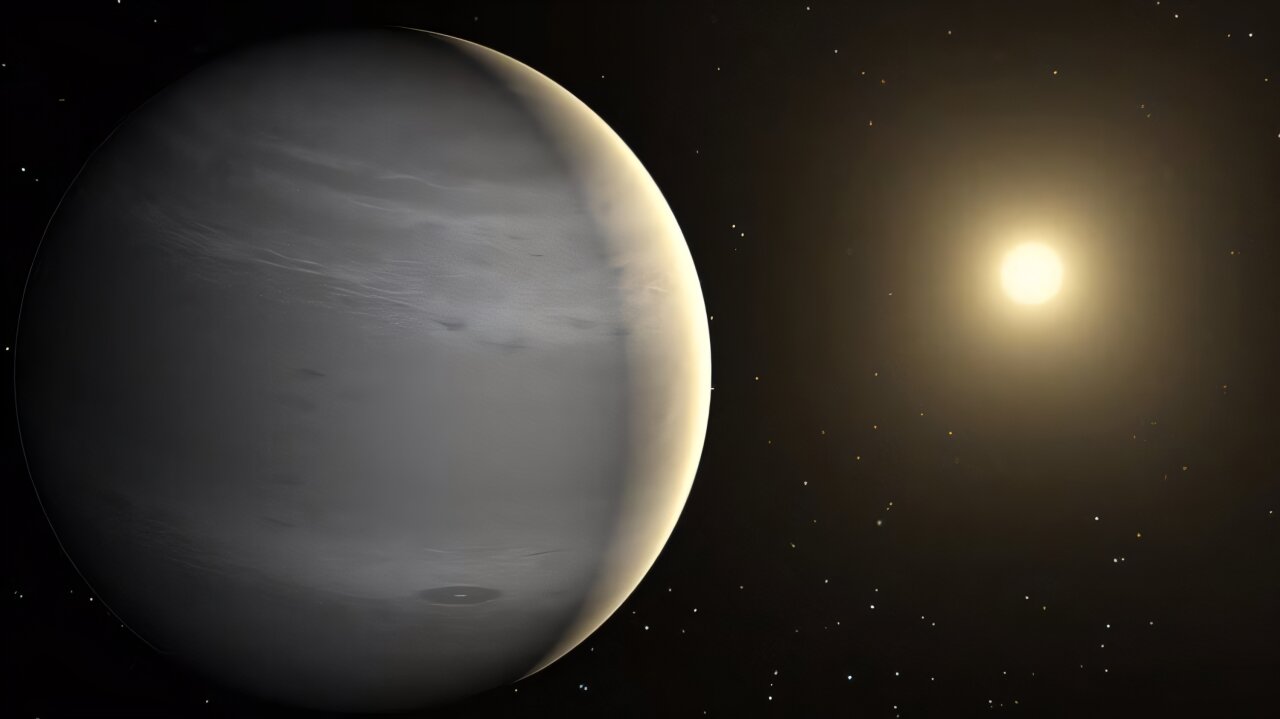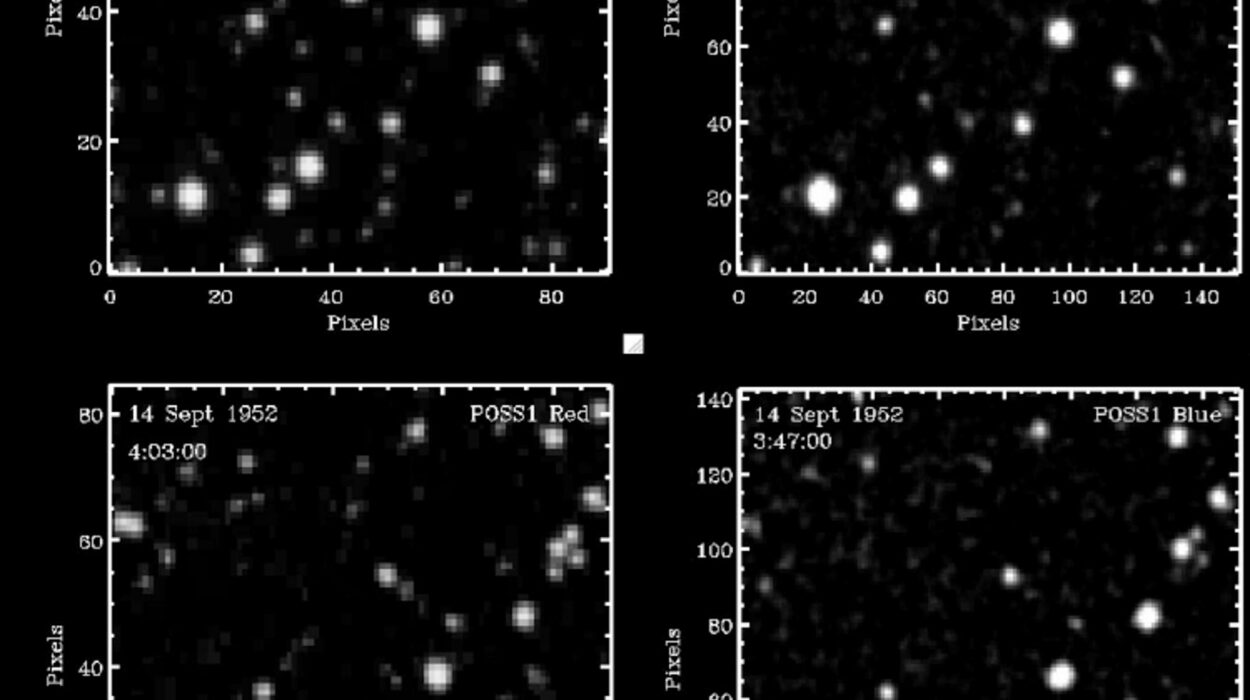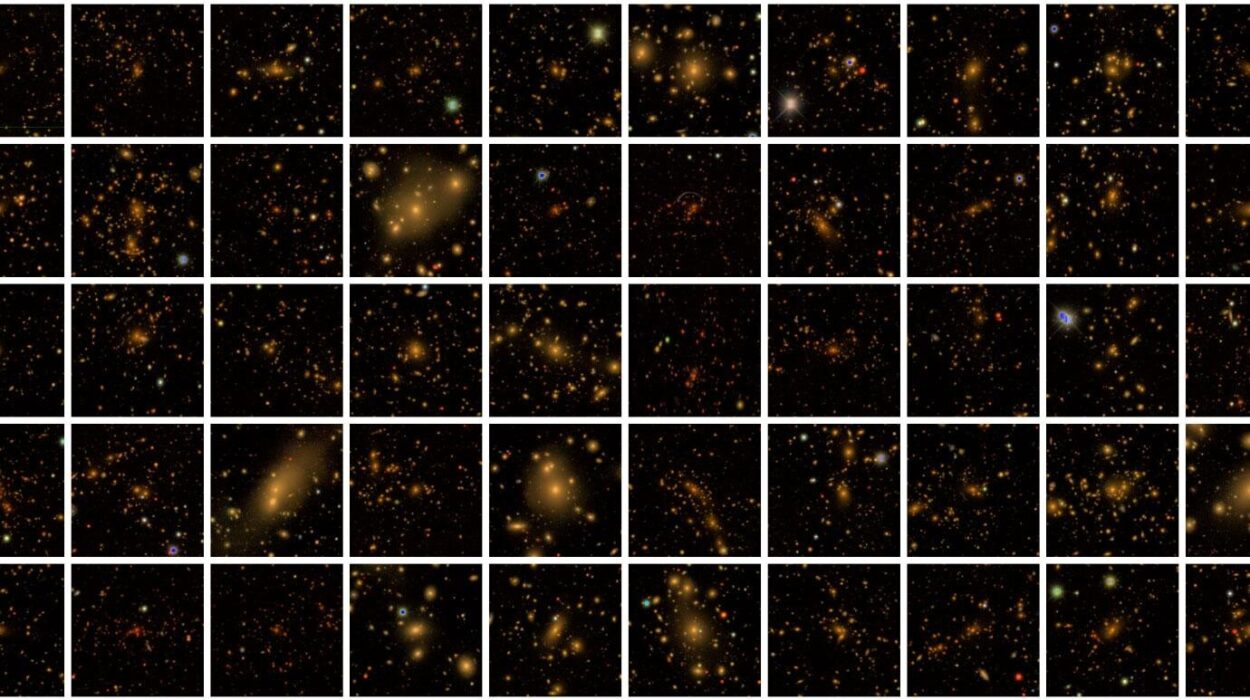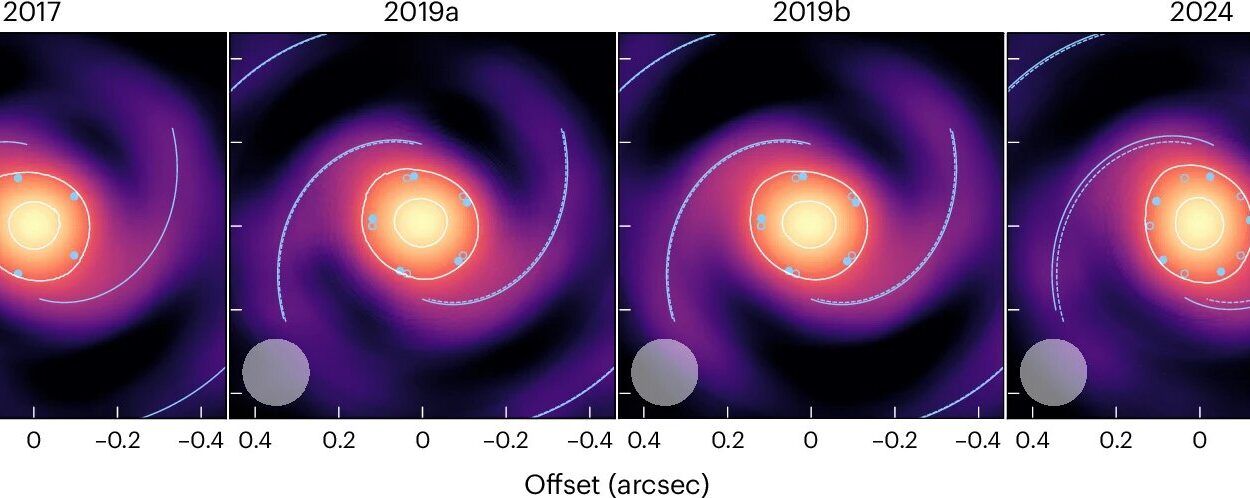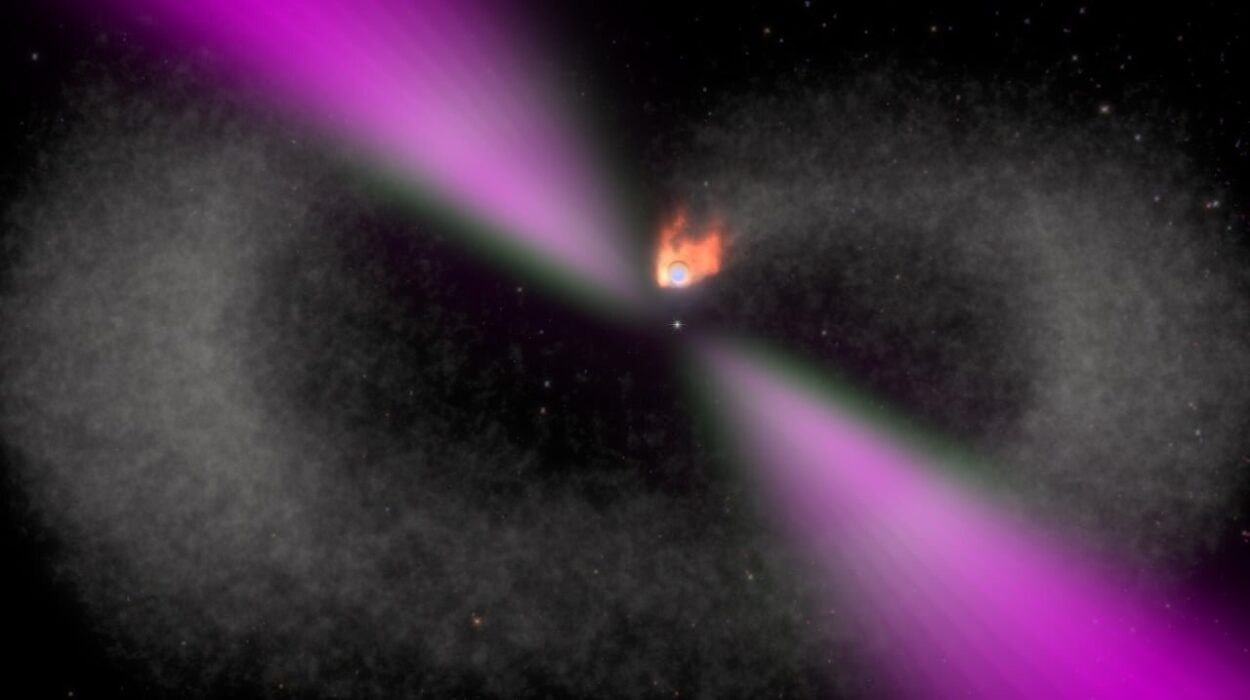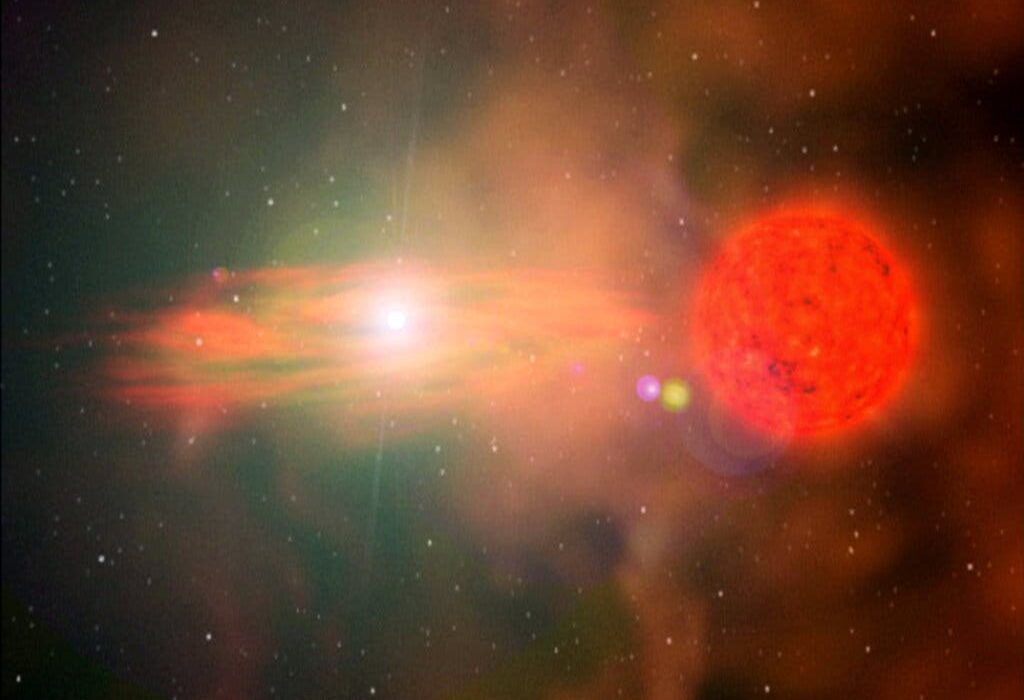In the deep, star-speckled fabric of the cosmos, 400 light-years from Earth, a new giant has been confirmed—one not of myth, but of gas, gravity, and global collaboration.
Astronomers at the University of New Mexico, alongside a far-reaching international network of scientists and citizen astronomers, have confirmed the existence of a rare, long-period exoplanet known as TOI-4465 b. This gas giant is not just a marvel of planetary science—it is also a triumph of human cooperation, made possible through the eyes and telescopes of people across continents.
The discovery, led by Dr. Zahra Essack, a postdoctoral fellow at UNM, and co-authored by Assistant Professor Diana Dragomir, is detailed in The Astronomical Journal. But the story of how this distant world was confirmed reads more like an interstellar detective tale—one that unfolded not in ivory towers alone, but in backyards, amateur observatories, and makeshift labs around the globe.
A Flicker in the Night: The First Glimpse of a Giant
It all began with a flicker—a shadow that whispered through the starlight. NASA’s Transiting Exoplanet Survey Satellite (TESS), designed to scan the sky for planetary transits, detected a single, brief dip in brightness from a star far away. That dip was a clue: something massive had passed in front of the star, momentarily dimming its light.
That “something” turned out to be TOI-4465 b, a gas giant nearly 25% larger in radius than Jupiter, yet almost six times more massive. It possesses a density nearly three times that of Jupiter, making it unusually compact and weighty for a planet of its kind.
But here’s the challenge: TESS had only captured one of the planet’s transits. Because TOI-4465 b orbits its host star only once every 102 days, spotting another transit—essential for confirmation—was no easy feat.
“Each transit lasts about 12 hours,” said Dr. Essack, “but getting a continuous 12-hour observation from a single location is almost impossible. You’re at the mercy of weather, darkness, and telescope availability.”
One Sky, Many Eyes: A Global Effort Is Born
With the clock ticking, Essack and her colleagues launched an ambitious plan: a coordinated international observing campaign that would stretch across 14 countries and involve both professional astronomers and 24 dedicated citizen scientists from 10 nations.
These citizen scientists weren’t just watching the skies—they were working shoulder-to-shoulder with experts, contributing real, time-sensitive data using personal telescopes and advanced tools provided through programs like the Unistellar Citizen Science Network.
Their job? Catch TOI-4465 b’s next elusive 12-hour transit window, and do it from enough locations to piece together the full picture.
“It’s like trying to spot a rare bird migration that happens only three times a year, and only if the weather’s perfect,” Essack explained. “Without a global team, we couldn’t have done it.”
And they did it.
Stitching Together a Planet from Starlight
The data streamed in from rooftops, hillsides, and rural fields—from Chile, the United States, Europe, Asia, and beyond. These stargazers, many of whom are engineers, educators, and hobbyists by day, became essential contributors to the scientific process.
Together with professional observations from established institutions, their efforts yielded precise photometric data—light curves showing the subtle, periodic dimming of the host star as TOI-4465 b transited across it once again.
Through this mosaic of starlight, TOI-4465 b emerged with clarity. And with it came a new chapter in planetary science.
The Unusual Nature of TOI-4465 b
What makes TOI-4465 b special isn’t just its size or mass—it’s where it lies in the grand map of exoplanets.
Most gas giants discovered so far fall into two extremes: scorching-hot “hot Jupiters” that orbit their stars in just days, or cold, distant giants like Saturn and Neptune. TOI-4465 b lives in between—a temperate world, with a temperature range between 375–478 K (about 200–400°F), and a mildly elliptical orbit that suggests complex gravitational dynamics.
“Long-period exoplanets like this are extremely rare in our current catalogs,” said Essack. “They’re difficult to catch because they transit so infrequently. But they are incredibly important for understanding how planetary systems evolve in more moderate environments.”
TOI-4465 b, in other words, may be the missing piece between what we know and what we hope to discover.
Infrastructure Meets Inspiration
This landmark discovery wasn’t just the result of good luck—it was the product of well-oiled scientific infrastructure and the enduring passion of the public.
Programs like the TESS Follow-up Observing Program Sub Group 1 (TFOP SG1), the Unistellar Citizen Science Network, and the TESS Single Transit Planet Candidate (TSTPC) Working Group provided the organizational backbone. With standardized equipment, shared data pipelines, and coordinated schedules, these platforms allow amateurs and professionals to work in sync, regardless of geography.
“Without this infrastructure, the citizen science contributions wouldn’t have the rigor needed for publication,” Essack noted. “And without the citizens, we simply wouldn’t have the coverage needed to confirm the planet.”
This synergy of science and community is redefining what discovery looks like in the 21st century.
Eyes Toward the Future
TOI-4465 b isn’t just a curiosity—it’s a prime target for future atmospheric exploration, particularly with advanced telescopes like the James Webb Space Telescope (JWST). Its massive size, temperate atmosphere, and well-characterized orbit make it an ideal candidate for emission spectroscopy, a method that could reveal what its clouds are made of, whether it has weather systems, and what chemical signatures swirl in its skies.
In short, we’re not done learning from this distant world.
This discovery also marks the sixth confirmed planet in the Giant Outer Transiting Exoplanet Mass (GOT ‘EM) survey—a program aimed at identifying and characterizing long-period giant planets that might otherwise slip through the cracks of detection. It is a methodical attempt to push back the veil on a poorly understood corner of planetary systems.
And TOI-4465 b has just become its new flagship.
A Planet Found by All of Us
In an age often defined by division, the confirmation of TOI-4465 b stands as a quiet yet powerful symbol of what’s possible when people come together—across borders, disciplines, and backgrounds—for the shared pursuit of knowledge.
It’s a reminder that exploration isn’t reserved for those in ivory towers or space agencies. Sometimes, it begins in the backyard, through a lens pointed at the sky, and a heart stirred by wonder.
“This is what science can be,” Essack reflected. “Inclusive, collaborative, and global.”
As TOI-4465 b continues its stately orbit around a star 400 light-years away, its existence is now tethered not just to distant gravity—but to the people of Earth who reached for it, and found it.
